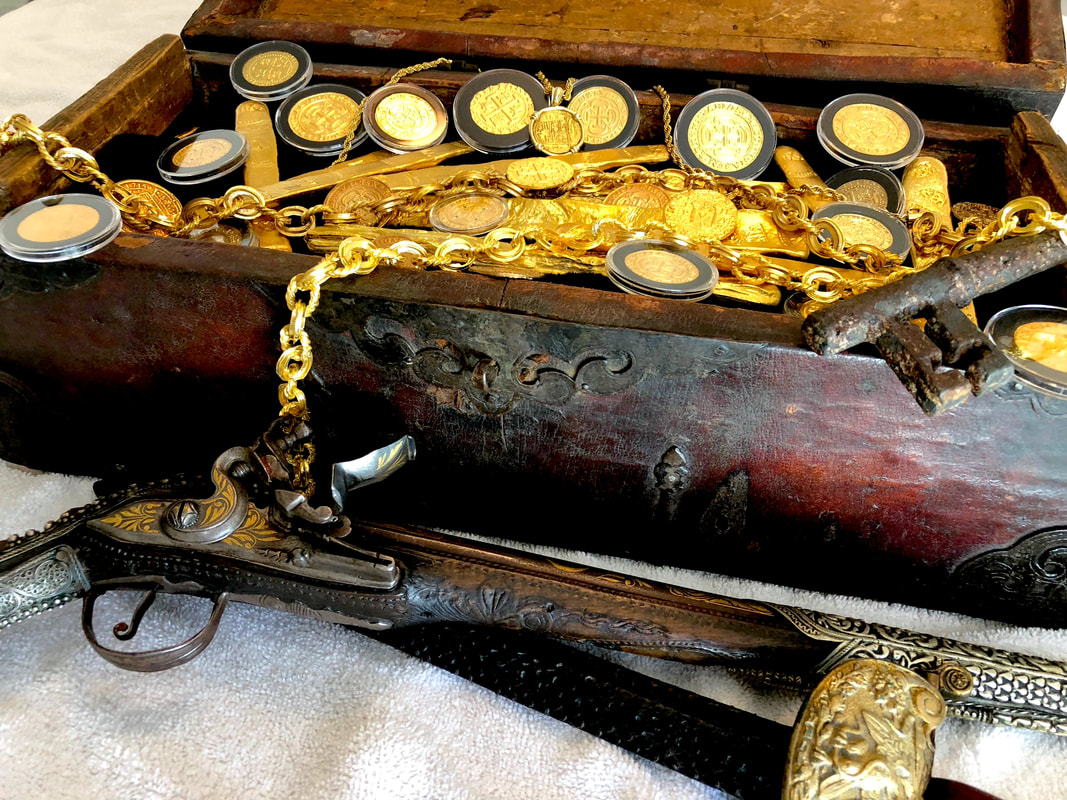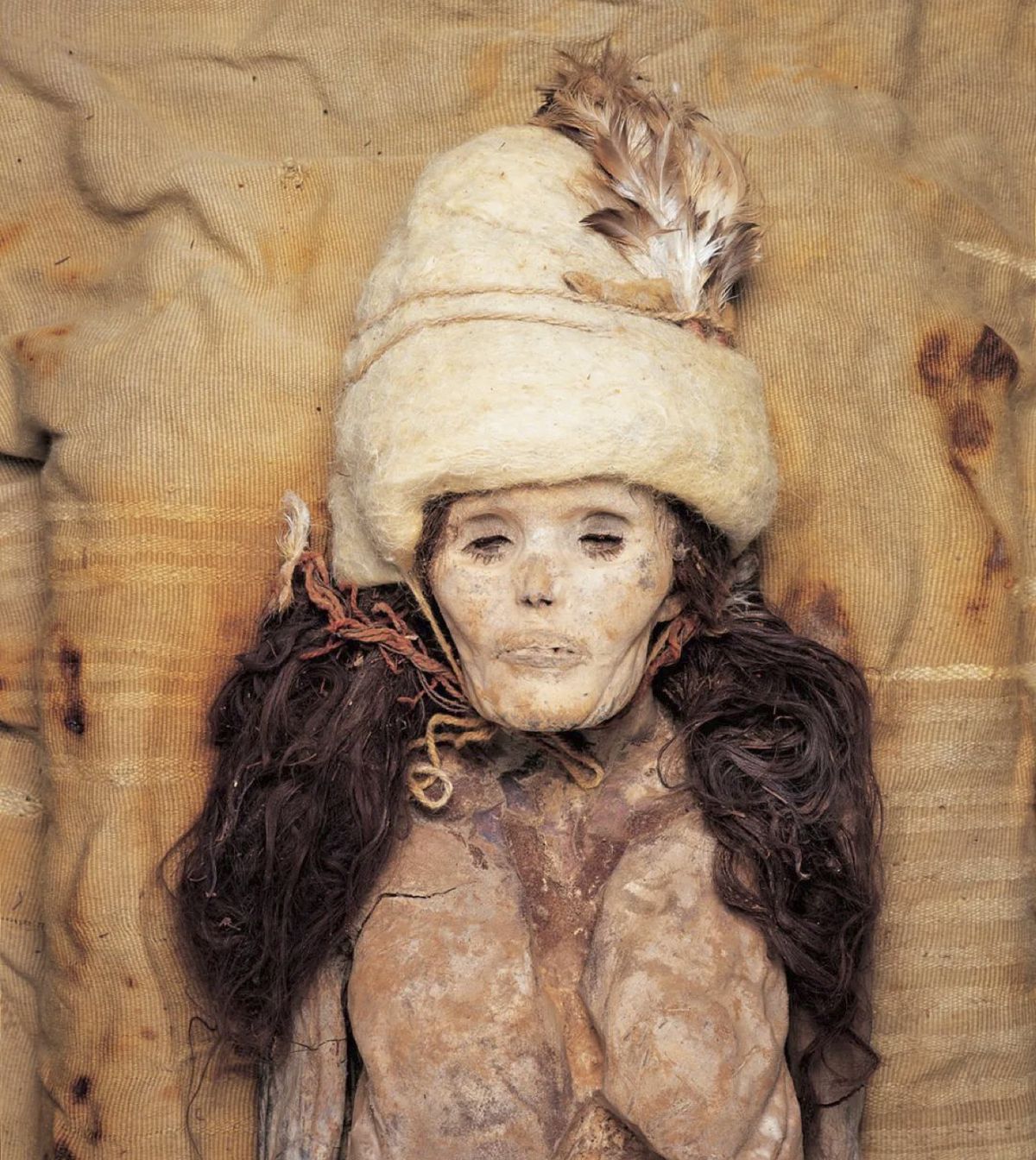
Although the human mind can be considered a brilliant invention of evolution, it is also capable of horrendous imaginations. Throughout the centuries, the pages of history have sung about gruesome tales of torture, human ruthlessness, and the sadistic pleasure both individuals and groups of people derived from seeing others in excruciating agony. Learn—if you dare—ten brutal ways people were executed in the ancient world.
10. Crucifixion: From the Ancient World to the Modern

Starting off this macabre list is crucifixion. This was practiced both in the ancient world and as recently as the twentieth century. It was first introduced by the Assyrians and Babylonians, followed by the Persians , Alexander the Great , and the Phoenicians —who initiated it in Rome in the third century BC.
Crucifixion involved being tied or nailed to a wooden beam—or cross. Nails were pierced through the bones below the wrists to bear the weight of the person. It was a “brilliant” placement because no major blood vessels were hit—only the median nerve, which would cause the fingers to seize and the hands to flex down in an excruciating contracture. The feet were nailed to the vertical part of the cross, and once the legs weakened, the arms had to hold up the body, resulting in the shoulders being pulled from their sockets. The elbows and wrists would soon follow, with the arms now several inches longer. At this point, the chest had to bear the body’s weight, triggering respiratory problems, and eventual suffocation.
Real-life example:
Jesus Christ – Jesus’ crucifixion took place in Judea in the first century AD. He was arrested, tried, sentenced, flagellated, and then crucified by the Romans.
9. Rat Torture: Eaten Alive

Get the latest articles delivered to your inbox
Sign up to our Free Weekly Newsletter
As happy as the above dancing rats are, rat torture is right up there when it comes to one of the worst ways to go. The thing about rats is that they eat through anything. Thus, it comes as no great surprise that humans made a torture device out of them in the ancient world.
Typically, a rat was placed inside a small cage positioned against the victim’s abdomen. The cage was heated from the outside—either by a candle, flaming stick, or hot coals—causing the rat to become agitated. So, how could it escape? By clawing its way into the only available soft surface—human skin. Quite quickly, the rat would gnaw its way into the victim’s bowels, eliciting unbearable agony in the process. This technique effectively got information out of prisoners and played on their psyches, adding a psychological element to the torture.
Real-life examples:
Europe: During the Dutch revolt in the seventeenth century, Dutch leader Diederik Sonay used rat torture on prisoners.
South America: Between 1964 and 1990, South American military dictatorships used this method in Argentina, Brazil, Chile, and Uruguay.
8. The Rack: Stretching the Body

Another brutally famous torture device in the ancient world was the rack. It involved a table, usually wooden, with axles and levers at both ends. The victim was forced to lay down, after which leather straps/belts bound their wrists and heels. The straps had chains or ropes tied to them, which wound over the axles. One or several torturers would then slowly push the levers, causing the axle(s) to rotate and produce tension in the chain(s). This caused the straps to dig into the prisoner’s skin and gradually stretched their body outwards.
The internal physical turmoil that one would have suffered is hard to swallow: vertebrae expanded, joints, muscles, and tendons gave way, posture changed, the ribcage pressurized the lungs, bones shattered, nerve endings became exposed —the pain would be near unimaginable. As a bonus for the “especially tough,” they were placed on spiked axles that stripped their back of its flesh.
Real-life examples:
Britain: In 1447, British Constable John Exeter used the rack to torture prisoners in the Tower of London.
Greece: In 356 BC, the Greeks used the device to torture a Greek arsonist, Herostratus, who burnt down the Temple of Artemis at Ephesus.
7. Keelhauling: Dragged Under

Coming in at #7 of brutal ways to die in the ancient world is the horrifying ordeal of keelhauling. The term comes from the Dutch word kielhalen, meaning “to drag along the keel”—which is precisely what this torture method did. The sailor was stripped, tied, and suspended by a rope from the ship’s mast, with weights or chains attached to their legs. The rope was looped beneath the ship, and once the sailor was released, they were dragged under the keel. The fatality rate was practically 100 percent. If the person did not drown, they suffered severe head trauma from repeatedly smacking against the keel, as well as deep lacerations from the barnacles and other aquatic growth present on the hull. If they survived and were hauled back on board, death would most likely still result from wound infections.
Real-life examples:
Dutch: The above painting depicts keelhauling on Dutch ships. The scene shows a surgeon of Admiral Jan van Nes strung up before he is dragged along the keel. The Dutch were known to practice this between 1560 and 1853.
English: The English Royal Navy used this method in the eleventh century. Several seventeenth-century English writers also recorded it on British naval ships.
Greeks: The 700 BC Rhodian Maritime Code (Lex Rhodia) outlines keelhauling as a punishment for piracy.
6. The Wheel: A Severe Bashing

Next up is a means of torture beyond excruciating: the wheel—also known as the execution wheel, breaking wheel, or Catherine wheel. This commonly used ruthless contraption in the ancient world was reserved for public executions. There are variations on the practice, but generally, the prisoner was tied to a large, wooden, spoked wheel. The goal was not to kill them but severely mutilate them, with the executioner starting with breaking the leg bones and then working their way up. They would do this via an iron bar, beating the victim to near-death, crushing all their bones, and bludgeoning them. Once finished, the now-ghastly maimed prisoner would be repositioned on the wheel so that their heels came together at the back of their neck. They were left that way to bleed to death.
Real-life examples:
Europe: Punishment via the wheel has been documented in Austria, Britain, France, Francia, Germany, Rome, the Indian subcontinent, Russia, Scotland, and Sweden.
In 1348, a Jew named Bona was tortured on the wheel for four days and four nights. It is the longest known survival of a person via this punishment.
A 2019 archaeological finding in Milan uncovered a skeleton believed to have been tortured via this device.
5. Impalement: Pierced Straight Through

At the halfway point on this list is the grotesquely graphic practice of impalement. Many civilizations and cultures practiced this ancient world form of torture. It involved impaling the victim with a long, sharp, and often greased stake for either capital punishment, to subdue revolts, to reprimand defectors, or wipe out military insubordination in war. This method was done in two ways: longitudinal or transversal.
For longitudinal, the person was positioned above the spike, which was inserted partway up their rear privates. As gravity took hold, the spike would run them through, avoiding major organs and exiting through the skin of their shoulder or neck. A person could survive this for several days. For transversal, the stake was instead pierced through the torso, either from front to back or vice versa.
Another version of impalement included gaunching, where the victim was thrown onto metal spikes, hooks, or rods and either left on them to die or be tortured further by the executioner.
Real-life examples:
Antiquity: Impalement was practiced in Achaemenid Persia, Europe, Mesopotamia and the ancient Near East, the Neo-Assyrian Empire, and Pharaonic Egypt .
4. Blood Eagle: Giving the Victim “Wings”

If the six other ancient world ways to die have not made you squirm yet, welcome to the barbaric practice of the blood eagle. Although it is highly debated whether this torture method was real or just a literary invention, either way, a rather disturbed mind concocted it. The blood eagle ritual was first mentioned in late skaldic poetry. The victim would lie in a prone position and be kept alive as their back was sliced open, their ribs were detached from their spine, and their lungs pulled through the opening to form a pair of bloody “wings.” It is hard to imagine one staying conscious long enough for this to be completed; nevertheless, if the Viking sagas are to be trusted, this technique has truly earned its spot as one of the most brutal, painful, and downright terrifying ways to die.
Real-life examples:
As stated, there are no reliable sources that verify the real practice of the blood eagle. That said, the earliest account was in 867 AD when Ivar the Boneless, the son of Viking leader Ragnar Lothbrok, damned Aella, King of Northumbria, to the blood eagle for killing Ragnar via a pit of live snakes.
3. Molten Gold: Scorched From the Inside

Earning its #3 spot is the almost unbelievable execution method of drinking molten gold. This was potentially practiced more often than documented, especially on both sides of the Atlantic Oceans, by the Romans , and the Spanish Inquisition. The technique is self-explanatory: the victim would be restrained, and their mouth forced open as heated gold was poured down their throat. The result would be severe damage to distal organs and the blistering of the lungs, ultimately leading to immediate death.
Real-life examples:
South America: In 1599, Native Indians of the Jivaro tribe captured a Spanish governor and executed him by pouring liquid gold down his throat.
Parthia: The Roman general and politician Marcus Licinius Crassus suffered this fate when the Parthians captured him. It is alleged they did this to symbolize Crassus’ thirst for wealth.
Another Roman general and politician named Manius Aquillius was defeated and later executed via molten gold by Mithridates VI of Pontus.
2. Flaying: Skinned Alive

This next torture method almost takes the top spot because of its sadistic modus operandi. Flaying—or skinning—was perhaps the most painful of all ancient world execution methods because of its slow process. The victim was first stripped, and their hands and feet bound to stop any movement. After this, the executioner would begin peeling away the individual’s skin with a sharp blade, often starting with the head as this area would inflict the most suffering due to the victim still being conscious.
In some instances, parts of the person’s body were even boiled to make the skin softer and easier to remove. There were a few ways one could die from flaying: shock, blood or fluid loss, hypothermia, or infection. The time of death could also be anywhere from a few hours to a few days. Although it was considered rare in Medieval times, a flayed body was a message: an eloquent canvas on which the punitive of the secular authority may be written.
Real-life examples:
Flaying was practiced by the Assyrians, Aztecs, Chinese, and several Medieval European peoples.
One alleged case was of a female philosopher named Hypatia of Alexandria who was flayed by a Christian mob with potsherds.
1. The Roman Candle: The Ancient World’s Ultimate Torture Method

Coming in at #1 above all other brutal ways to die in the ancient world is the roman candle. Whether it is the execution style itself or the executioner who ordered it, this is bone-chilling on several fronts. History is filled with ruthless and psychopathic figures, and the Roman ruler, Nero , is one of them. He hated Christians so much that he used them as human candles—or torches—for his garden parties.
First, the victims were tied and nailed to tall stakes. Then, flammable liquid was poured over them before they were set alight. The fire started at the feet to prolong their suffering. Whether the Christians had rebelled against the state or not, this was a monstrous way to go. It reflects how barbaric punishments were in antiquity and how they were often born of “man’s” vicious ego and thirst to dominate—what he considered—a lowlier populace.
Real-life example:
As mentioned, Nero was known for this execution method. The above painting, Nero’s Torches, depicts a scene where Christian martyrs—accused of being responsible for the Great Fire of Rome—are about to be burned alive. These candles further represent the first persecutions against Christians under Roman sovereignty.





